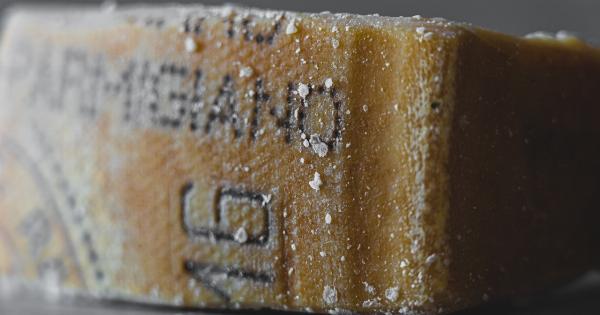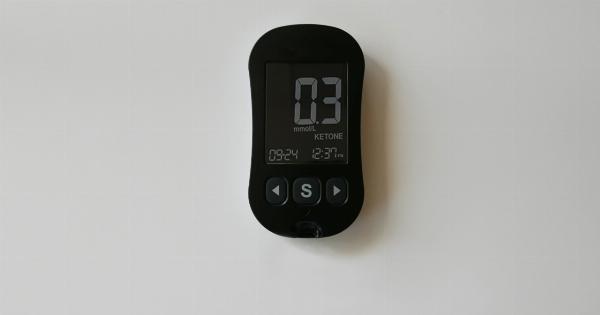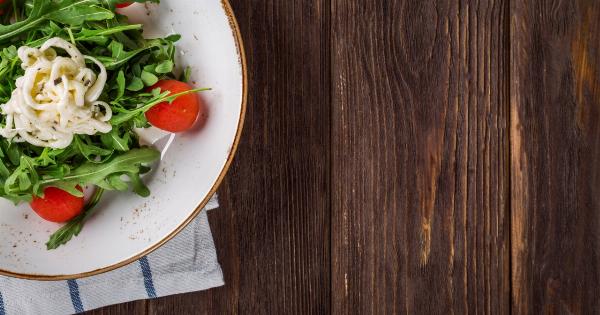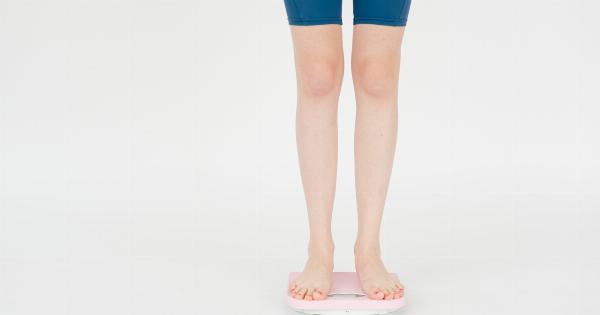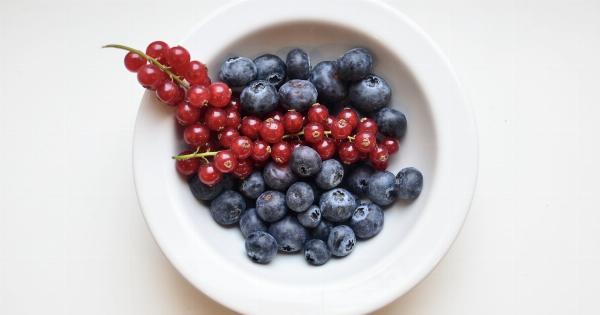Sodium is an essential mineral that our bodies need to function properly. It plays a crucial role in maintaining fluid balance, transmitting nerve impulses, and regulating blood pressure.
However, too much sodium in our diet can have adverse effects on our health, particularly when it comes to our cardiovascular system.
The Importance of Sodium Intake
Sodium is primarily obtained from table salt, also known as sodium chloride. It is commonly added to processed foods and restaurant meals to enhance flavor and preservation.
While our bodies require sodium for normal physiological processes, excessive sodium intake can lead to high blood pressure, heart disease, stroke, and other related health issues.
Evaluating Current Sodium Recommendations
Traditionally, organizations like the World Health Organization (WHO) and the American Heart Association (AHA) have recommended a maximum daily sodium intake of 2,300 milligrams for adults.
However, recent research has challenged these guidelines, suggesting that a more stringent limit of 1,500 milligrams per day may offer greater health benefits, especially for individuals with high blood pressure, diabetes, or kidney disease.
Hidden Sources of Sodium
Reducing sodium intake requires awareness of hidden sources of sodium in our diet. While it’s easy to identify the salt shaker on our table, many packaged and processed foods contain significant amounts of sodium that we might not be aware of.
Canned soups, frozen meals, condiments, and even some breakfast cereals can contribute unexpectedly high levels of sodium to our daily intake.
How to Reduce Sodium Intake
Lowering sodium intake doesn’t mean sacrificing taste or flavor. There are numerous strategies individuals can adopt to become more “sodium savvy” and reduce their sodium consumption without compromising on enjoyment:.
1. Read Food Labels
Being mindful of the sodium content listed on food labels is crucial. Look for products labeled “low sodium” or “no added salt.” Compare sodium amounts among different brands to make healthier choices.
2. Choose Fresh or Whole Foods
Processed foods are often high in sodium, so opt for fresh or whole food options whenever possible. These foods are naturally lower in sodium and offer greater nutritional value.
3. Cook at Home
Preparing meals at home gives you control over the ingredients used. Choose herbs, spices, and other flavorings to enhance the taste of your meals without relying on excessive salt.
4. Limit Processed Meats
Processed meats like bacon, sausage, and deli meats are notorious for their high sodium content. Limiting consumption or seeking out low-sodium alternatives is beneficial for reducing overall sodium intake.
5. Opt for Fresh Herbs and Spices
Season your meals with fresh herbs and spices instead of salt. Experiment with different combinations to create flavorful dishes with less sodium.
6. Rinse Canned Foods
Rinsing canned foods can help reduce their sodium content by up to 40%. Drain and rinse beans, vegetables, and other canned goods before using them in recipes.
7. Be Wary of Condiments
Condiments like ketchup, soy sauce, and salad dressings can be surprisingly high in sodium. Look for low-sodium alternatives or try making your own to control the sodium content.
8. Control Portion Sizes
Even low-sodium foods can contribute to high sodium intake if consumed in large quantities. Be aware of portion sizes and moderation to ensure you stay within recommended limits.
9. Experiment with Alternative Flavors
Try incorporating different flavors into your meals, such as citrus fruits, vinegars, and spicy peppers. These alternatives can add depth and interest to dishes without relying heavily on salt.
10. Seek Out Low-Sodium Options
When dining out or purchasing prepared foods, look for low-sodium options. Many restaurants and food manufacturers now offer reduced-sodium choices to accommodate health-conscious individuals.
Conclusion
Sodium plays a vital role in our overall health, but excess sodium intake can have harmful effects on our well-being.
By being more conscious of the sodium content in our everyday foods and adopting sodium-savvy habits, we can reduce our sodium intake without compromising taste. Make fresh, whole foods the foundation of your diet, and experiment with alternative flavors to discover a world of exciting, low-sodium possibilities.

